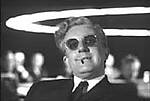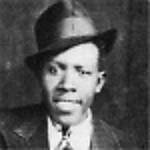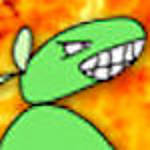Randall
Mate, you are absolutely correct - 332 is in brilliant shape, and I'm guessing that this was one of the reasons that this chassis was picked by the GI's for recovery -no doubt that the upper wearing surface is probably chipped and scratched pretty badly - but the rest of her has not escaped scot free either
- scratches along the bottom of the mud guards - all the fixing points on the hull sides rubbed back to bare metal (again as I say I have other pics of this chassis) and as I pointed out in an earlier post you really need "close up pics" to get a good fair dinkum look at the wear and chip patterns - it doesn't mean that it's not there - unless the pics are close up sometimes it's just not readily visible
Greg
[/quote]
I have no problem with the chipping technique. A chip here and there is to be expected, over sized for scale, no problem. I may not agree with Herbert on his conclusions, but I can see what he is objecting to, and why. I put up that Panther pic because the chipping from the bullets is very visible, at a good distance. I have the feeling that this is the proof that is being asked for, but on a larger scale.
A few of the models that I have seen have chips that would scale out to 6 inches, or 150mm, in multiple places on the hull sides and turret. That kind of damage is unlikely on a new tank with limited service. On those same tanks, there was less chipping where you would expect it to be, where the crew walked and climbed in and out.[/quote]
Mate,
Couldn't agree more - just doing the numbers myself - If I'm doing this correctly -
If I assume that the smallest chip I would want to show on my MODEL tank was 3mm long x 3mm wide (that's probably the smallest my poor 50+ year old eyes would let me go down to) - that would scale out to a REAL WORLD scratch 105mm long by 105mm wide and thats probably realistically about it - you would probably have to argue that Herbert's not off the mark in suggesting that any scratch or chip less than 105mm2 wouldn't be replicatable(?) at 1/35th scale ACCURATELY - does that exclude most of the ones on the pics that i've posted - probably not - BUT that does not deny the fact that scratches and chips occur on real AFV's - the assertion that they are a myth is flawed - they do occur!!
Should they be replicated on a model below a min. size? - who's to say - I don't mind seeing a subtle use of it myself on a model - but I also am not going to CRITICISE someone if they want to do it - this hobby shouldn't really come down to mm's - I think that's going to far, to criticise someone for their artistic interpretation of an AFV is a bit over the top - nothing more I can add to this post, I think
If it feels good - do it
Greg






























































